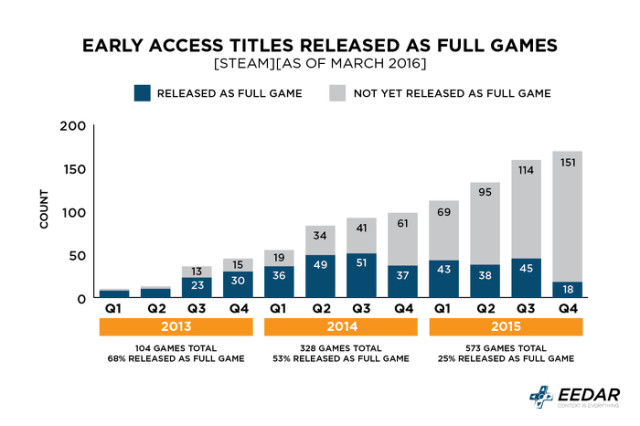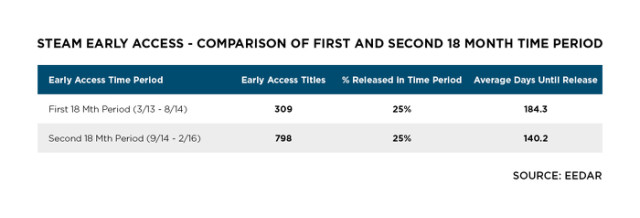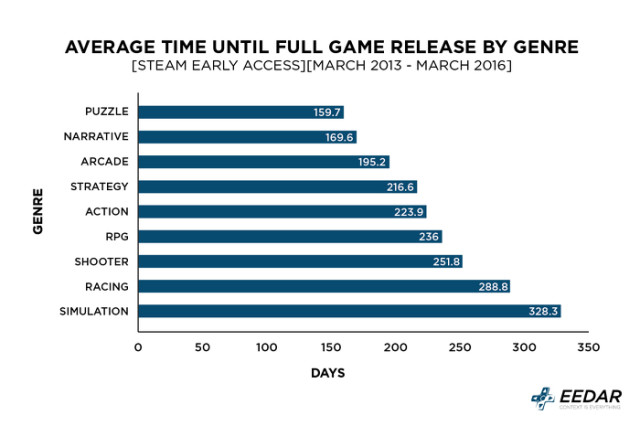While the competing Oculus Rift and HTC Vive virtual reality headsets sell for around $600 and $800 respectively, Sony just announced that the PlayStation VR will go for $400 when it releases in October. The price comes with a special virtual reality edition of Star Wars Battlefront, followed by 50 games that will support the headset before the year is out.
Among its features will be a “cinematic mode,” which lets users play non-VR games or watch movies with apps like Netflix. Details on other features are forthcoming.
The company’s been hard at work bolstering the line-up for its PlayStation VR headset for some time, with a recent showcase this past December at the PlayStation Experience event gaining some huge buzz, behind titles like Ace Combat 7, Rez Infinite and 100ft Robot Golf, among others. However, it hasn’t yet announced a release date or price on the headset, although that could change this week. The company is hosting a special event prior to this week’s Game Developers Conference that could shed some light on this department.
While some consumers just want Sony to announce the details already, the company’s slow and steady approach may just be the way to go. There are several reasons for this…
Seeing What the Competition Will Do
Based on the announcements made by HTC and Oculus thus far, virtual reality will be a bit on the expensive side. While most alternatives, like Google Cardboard and Samsung Gear VR, go for a much more affordable rate, the Vive and Oculus Rift, respectively, will cost several hundreds of dollars for consumers to pick up. And that’s if you can get your hands on one—both units’ initial shipments have been sold out for weeks, with plenty of backorders logged for each.
Sony, in the meantime, is taking the cautious approach. They have introduced gadgets for PlayStation consoles before–namely the PlayStation Move motion controller–with somewhat mixed results. It’s adapted the “live and learn” motto as a result, and is taking its time when it comes to solidifying details for the PlayStation VR. Several whispers have indicated that the unit will sell for a much more consumer-friendly price, around $400, and release during the holiday season–but that’s just speculation.
Built With PlayStation 4 In Mind
One frustrating factor that some consumers can’t get over with the Vive or the Rift is that both devices require a high-end PC to run in order to get the most out of them. And this is just for desktop computers–rumors indicate that the headsets won’t work on laptops at all.
Sony wants to make sure that the PlayStation VR works in stride with the PlayStation 4, if only because it wants to continue on the “hot streak” that it’s on. The PS4 has already sold 30 million units in just over two years’ time, and will continue its momentum with titles like Uncharted 4: A Thief’s End and Ratchet & Clank, and whatever else it chooses to announce at E3 in just a few months. Sony is making sure that the peripheral is good and ready for a consumer base that feverishly wants it.
Being one of the few VR headsets that works with a game console, the PlayStation VR should be easily accessible compared to other high-end units.
A Killer Game Line-Up
Last but certainly not least, Sony knows that a device is only as good as the games that support it. This might explain why the PlayStation Move didn’t fare as well as the company was hoping, with weak titles like Kung Fu Rider and PlayStation Move Heroes failing to capitalize on the hardware.
So it makes sense that the company wants to pace out the PlayStation VR launch until the games are ready. So far, it’s got a very diverse line-up of games available, with a variety of genres and experiences lining up. Third-party support is picking up as well, with more set to sign up as the peripheral builds up steam.
So, sure, Sony is waiting a little bit longer until it has the games ready that will truly capitalize on what it can do. So far, there’s a lot of potential with what it’s introduced–but chances are we haven’t seen anything yet.
We’ll see whatever Sony has in mind with the PlayStation VR soon enough. It may be playing a waiting game, but it’s one that will certainly pay off, especially with the games and proper marketing campaign to back it up.






 What is MaxPlay?
What is MaxPlay?

